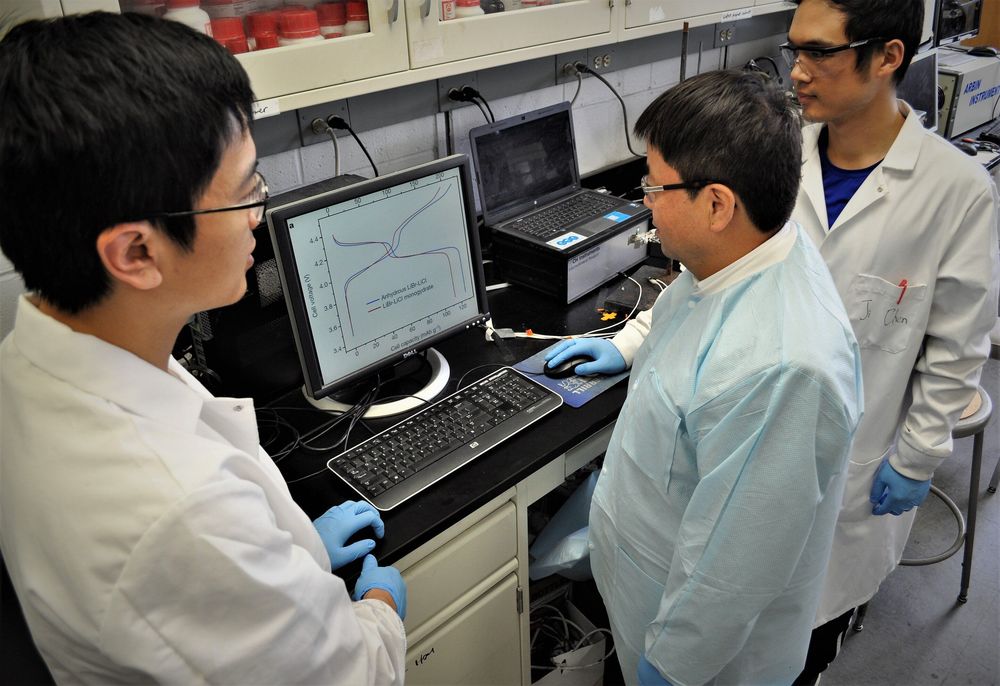Google has won approval from US regulators to create sensors that can be triggered with hand gestures, dubbed “Project Soli,” Reuters reports.
The news: Google started work on Soli in 2015 but hit a roadblock because the sensors were required to operate at lower power levels than the company planned. These restrictions are in place to stop new products from interfering with other (more important) technologies—in this case radio astronomy and a satellite service. Now the US Federal Communications Commission has granted Google a waiver to let it operate Soli sensors at higher power levels, between 57 and 64 gigahertz. The FCC said this will “serve the public interest.”
How it works: The sensors use radar to capture motion in three-dimensional space. It means users can press invisible buttons or use a virtual dial, for example. The radar signal can penetrate fabrics, meaning it could work through a pocket or backpack.









